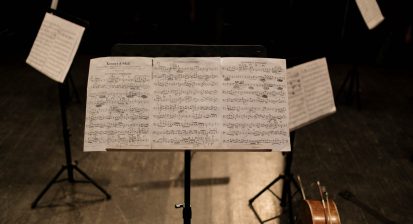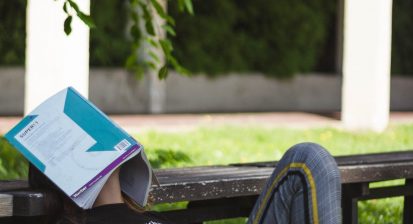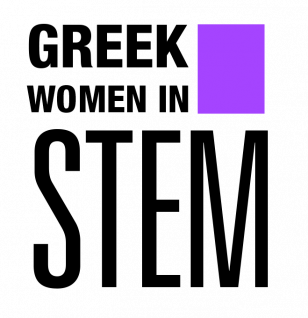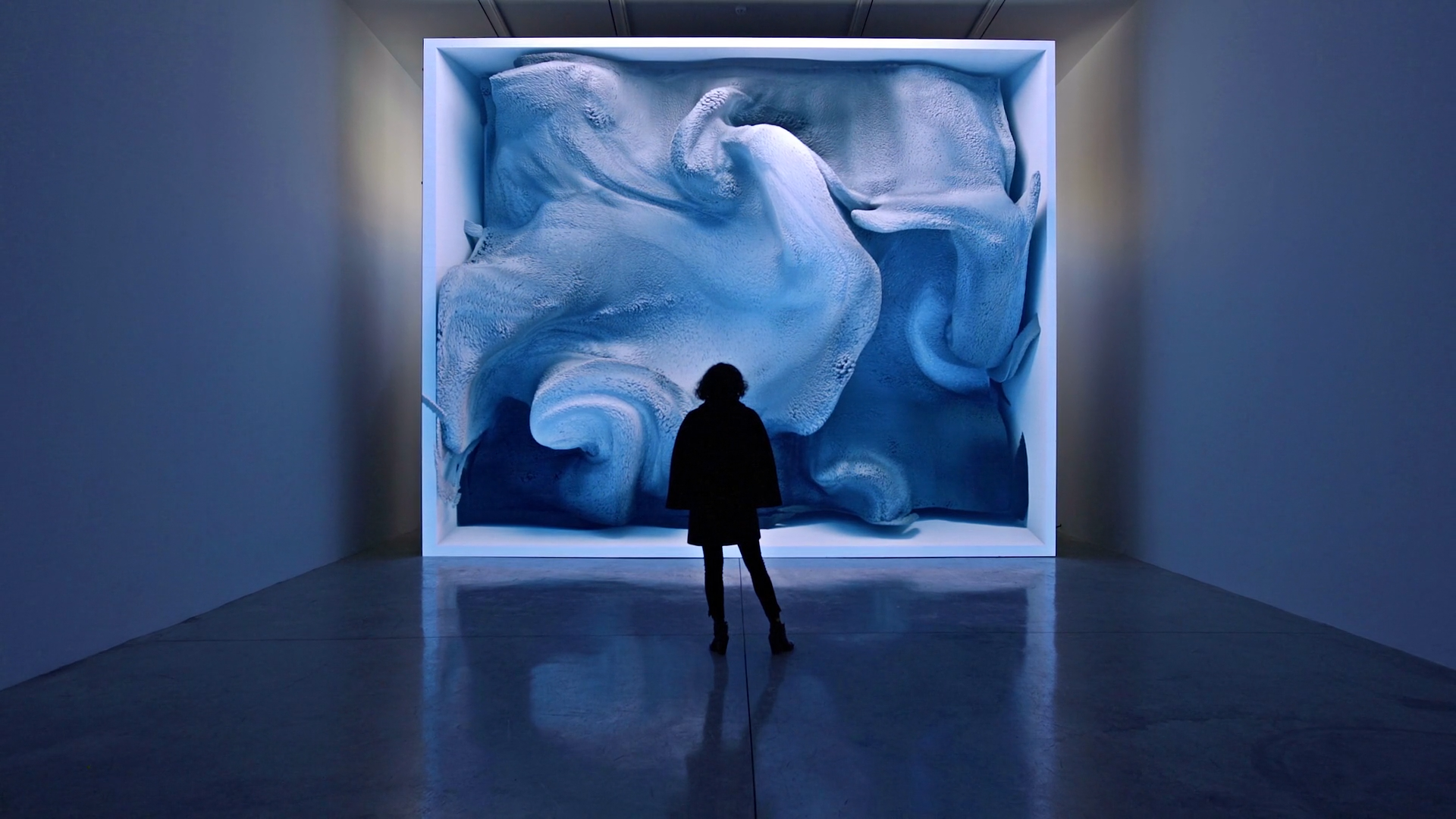AUTHOR’S CORNER
Biomimicry beyond engineering
SHARE
Imitation of natural patterns and behaviors to enable technical advances can now be applied to social and artistic fields. And there enters biomimicry.
Biomimicry is a framework that is focused on solving complex human or human-made problems through solutions inspired by nature. This means biology, chemistry, physics, evolutionary and anthropological studies.
The world we live in is entangled through centuries of biased leadership-driven decisions. It has reached a point of absurdity especially in matters regarding our perception of reality (deeply rooted in misogyny, racism, ableism, and persecution of the “other” in general), as well as bureaucracy, public governance or education. In comparison, looking at natural laws is such a breath of fresh air, because there are physical, scientific, and purely logical reasons why things work the way they do in perfect homeostasis.
When you hold an apple and drop it, if nothing interferes with its trajectory it will fall straight ahead because the force of gravity will pull it that way. It’s the same kind of elementary reasoning that we need to find in order to design the systems we live in and the tools we use, rethinking all those spinning entangled sets of logic that govern our lives.
Going from theory to implementation, mainstream biomimicry tends to focus on engineering and architecture. As an example, replicating the shape of a bird’s beak onto the nose of a train can increase its speed. Naturally, there are other forms that apply biomimetic principles to a range of applications. Speaking for myself, I mainly look at it from a systems design point of view, as well as from an experience design point of view, trying to translate aesthetics, sensorial experiences and systemic frameworks into natural stimuli and organic growth. It’s like setting in motion the right signals to orient the evolution of a situation in the right direction. This serves me when I work with projects through my NGO’s incubator for example, like we have with Greek Women in STEM making sure that the platform moves towards where the future of Greece is going. It applies also when I work on the design of national strategies for companies or humanitarian causes, and ultimately when I delve into more artistically oriented design projects. Α tool that I do love to use and turn to often is the Krebs Cycle of Creativity by the MIT Media Lab’s Neri Oxman, the logic behind which was inspired by the Krebs cycle for cellular energy transfer. The Krebs Cycle of Creativity is a cartographic analysis linking together the fields of arts, design, engineering and science in a way that helps us see how each field revolutionizes the others.
Taken all together, we can say that biomimicry is inspiring human innovation by projecting our perspective from a single blink of an evolutionary eye to the long and complex processes that govern evolution and change in nature. And that alone, it is liberating, beautiful and, of course, natural.
RELATED ARTICLES

An out of tune orchestra
When scientists mess with the synchronization of an orchestra

What I wish I knew when I started my PhD
quite a few things actually..

Archive
Find all our past articles chronologically organized in our archive.
CONTACT US
____________
greekwomeninstem@gmail.com
Do you have ideas, questions, comments or special requests?
Would you like to highlight your research project or nominate a researcher that you would like to learn more about?
Please write to our email or fill out the form and hit “send”. We will be happy to talk with you!
[contact-form-7 id=”44″ title=”Contact form 1″]


